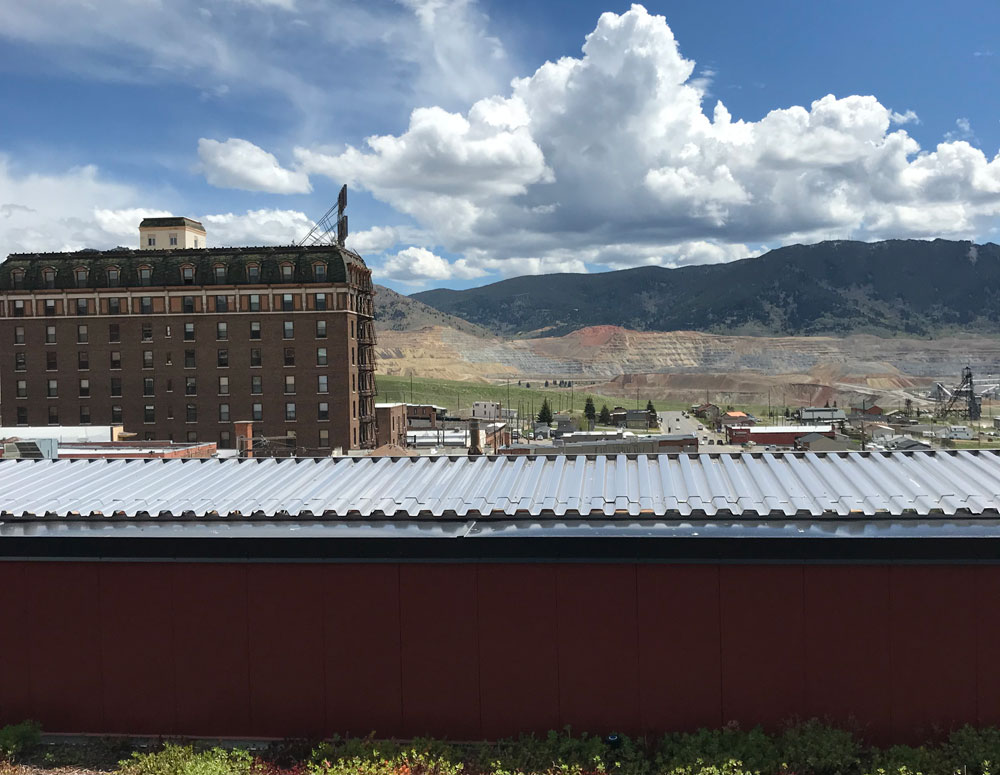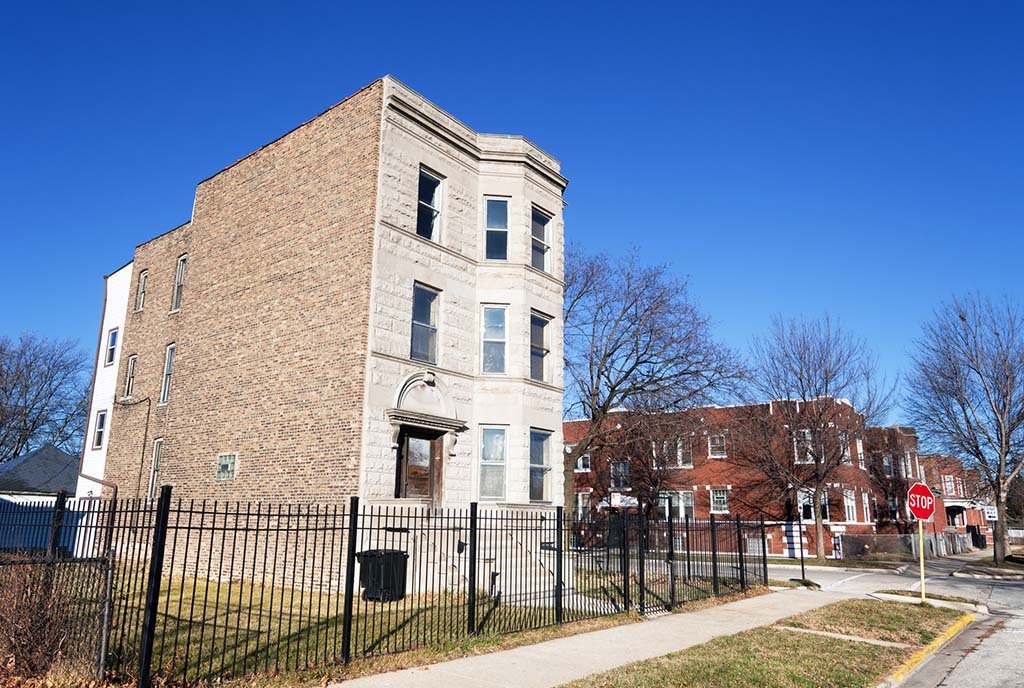
June 12, 2019; Montana Standard
For nine years, Hennessy Market in Butte had operated in the Sears Building on Granite Street. “The market had specialized in organic and natural foods until the store unexpectedly closed in March,” reports Annie Pentilla in the Montana Standard. It was the only large grocer in the Uptown neighborhood of Butte. Butte, a little over an hour south of the state capital of Helena, is home to about 34,000 people but still counts as Montana’s fifth-largest city.
What to do? How about a co-op barn-raising? The phrase “co-op fever” formerly referred to the rise of value-added agriculture in the Plains states, especially North Dakota, in the 1990s, but this story about an organizing effort of a food co-op to replace the failed Hennessy Market certainly recalls the co-op fever of those times.
According to Pentilla, this past Monday over 165 people attended the co-op organizing launch party, which was held in the ballroom of the Thornton Building in Uptown Butte. The event was organized by two local economic development organizations. Julie Jaksha heads Headwaters RC&D (Resource Conservation and Development). Steve Thompson heads the National Center for Appropriate Technology. Together, Jaksha and Thompson cohosted the gathering to gauge public interest in the idea. And it would appear that support is overwhelming.
Jaksha told Pentilla it was “exciting” to see how many people attended the meeting. And they did more than show up. “During the meeting, Padilla writes, “volunteers signed up to be part of five preliminary committees. One of the committees will survey the community about wants and needs. Committees will also come up with strategies for organizing the cooperative’s structure, recruiting leadership, raising money and determining a vision for the proposed grocery.” According to Thompson, a total of 75 people—nearly half of those who had attended—had volunteered to join one of the five committees.
At the meeting, Marilyn Besich from the Montana Cooperative Development Center, a nonprofit that helps prospective co-ops get off the ground, provided Butte residents with information about how customers “can buy into the business by purchasing shares and becoming member-owners.”
Sign up for our free newsletters
Subscribe to NPQ's newsletters to have our top stories delivered directly to your inbox.
By signing up, you agree to our privacy policy and terms of use, and to receive messages from NPQ and our partners.
Other speakers included Whitehall rancher Dave Scott of Montana Highland Lamb, who said that cooperatives can help support local producers. Scott, Pentilla notes, sells his products at, among other places, the Community Food Co-op in Bozeman, which has been in operation since 1979.
Intriguingly, even Judith Duryea, who owns Dancing Rainbow Natural Grocery on Montana Street—in other words, a likely competitor to the store—spoke in support of establishing a cooperative. Her view is that “a rising tide lifts all ships.” The Dancing Rainbow store, Pentilla notes, has been in business for 35 years.
Rob Hedval, former Hennessy Market manager, also spoke. “Let’s get the good stuff back in Butte,” he said.
Of course, enthusiasm alone will not make the co-op market work. According to Jaksha, the organizing group plans to spend between $5,000 and $15,000 on a feasibility study to confirm that there is a sufficient market to support the co-op. Jaksha adds that Headwaters has already begun to research grants and other possible funding sources.
Meanwhile, the first committee meetings are already in the process of being organized and are expected to happen before the end of June. The project partners include Headwaters RC&D, NCAT, and Food Co-op Initiative, a nonprofit that supports food co-op starts nationwide.
Jaksha tells Pentilla that while lots of groups, including the Headwaters RC&D organization she leads, are helping to get the co-op off the ground, ultimately the co-op will need to be community-driven to succeed.—Steve Dubb













